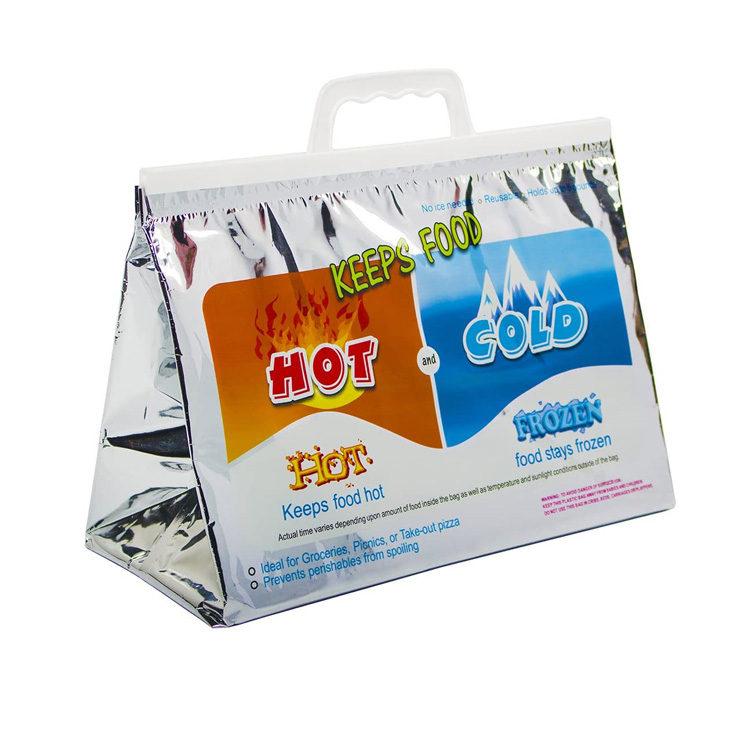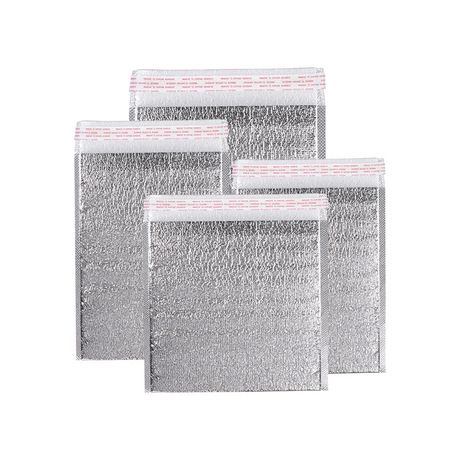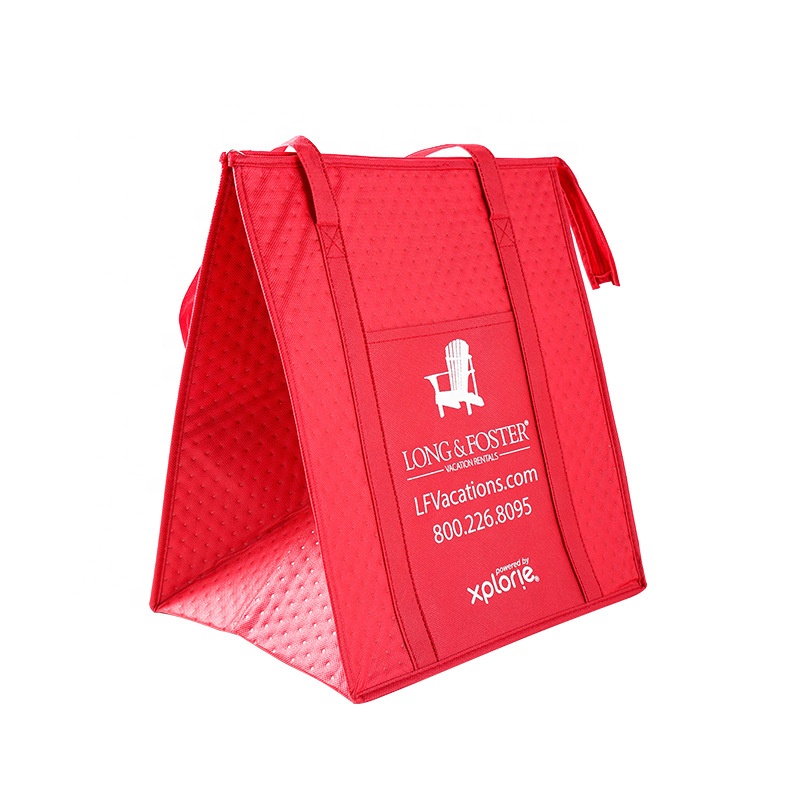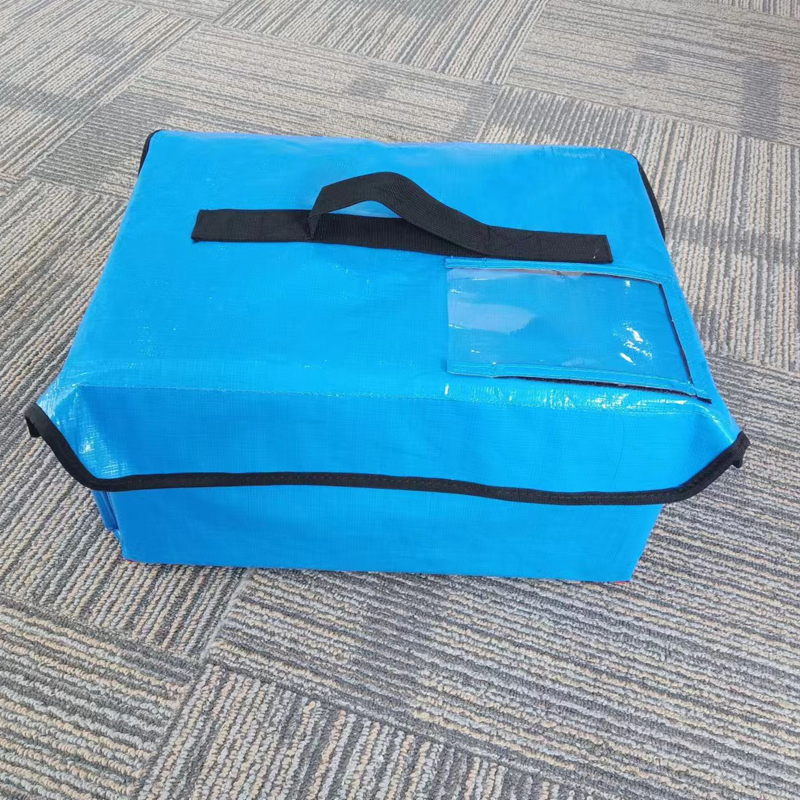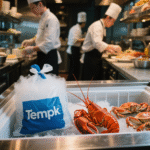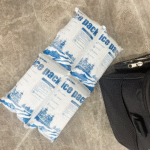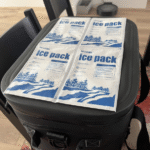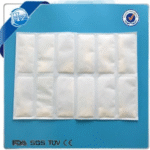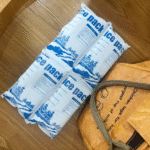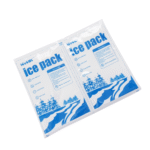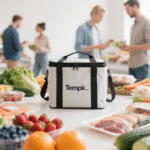Imagine a world without Paket es: vaksin kehilangan potensi selama transit, produk segar membusuk dalam perjalanan, dan kit makan tiba suam -suam kuku. Paket es-apakah es berbasis gel atau kering-adalah pahlawan logistik global tanpa tanda jasa, secara diam-diam memastikan barang yang sensitif terhadap suhu selamat dari perjalanan mereka. Tapi biaya mereka bukan hanya moneter; itu lingkungan, operasional, dan bahkan peraturan. Mari kita membongkar Ekonomi Paket Es dan bagaimana perusahaan seperti Tempk adalah nilai mendefinisikan ulang di industri kritis ini.
Biaya tersembunyi dari bungkus es: More Than Just a Price Tag
When businesses evaluate ice packs, Mereka sering fokus pada biaya pembelian di muka. Namun, Biaya sebenarnya mencakup beberapa dimensi:
-
Biaya material: Es kering tradisional (co₂ solid) Harga berfluktuasi karena tuntutan produksi dan faktor geopolitik. Pasca-Pandemi, supply chain disruptions caused prices to spike by 30–50% in some regions2.
-
Overhead operasional: Menangani es kering membutuhkan pelatihan khusus dan peralatan keselamatan (MISALNYA., sarung tangan, kacamata), adding labor costs2.
-
Pengelolaan sampah: Paket gel sekali pakai berkontribusi pada limbah TPA, while improper dry ice disposal releases CO₂, clashing with sustainability goals12.
-
Sublimation Losses: Dry ice sublimates at 5–10 pounds per 24 jam, forcing companies to overpack shipments to account for delays—a costly buffer2.
Misalnya, a pharmaceutical company shipping vaccines might spend 500monthlyondryicebutincuranadditional200 in training and 150inwastefees.Overayear,these“hiddencosts”adduptonearly10,000.
Tempk’s Dry Ice Packs: Cutting Costs Without Compromise
Tempk addresses these challenges with a blend of innovation and sustainability:
-
Longer-Lasting Cooling: Using phase-change materials (PCMS), Tempk’s dry ice packs sublimate 30% slower than conventional options, reducing the need for overpacking. A 72-hour shipment now requires 20% es kering lebih sedikit, saving $1.50 per pon2.
-
Desain yang dapat digunakan kembali: Unlike single-use packs, Tempk’s modular containers are made from 100% recycled EPP foam, slashing replacement costs by 40% over five years1.
-
IoT-Enabled Efficiency: Embedded sensors monitor sublimation rates and temperature in real time, alerting teams to replenish ice packs only when necessary. This cuts emergency restocking costs by 25%1.
-
Produksi karbon-netral: By sourcing CO₂ from industrial byproducts and using solar-powered facilities, Tempk offsets emissions, helping clients meet ESG targets without premium pricing12.
Selama 2023 Kampanye Pemberantasan Polio di Afrika, Tempk’s solution saved clinics $12,000 annually by reducing dry ice waste and training expenses—proving sustainability and cost-efficiency can coexist.
Masa depan: Lebih pintar, Greener Cold Chains
As regulations tighten (MISALNYA., Larangan UE pada plastik sekali pakai) and consumers demand eco-conscious logistics, ice pack costs will increasingly hinge on sustainability. Tempk’s roadmap includes:
-
PCM berbasis bio: Berasal dari minyak nabati, these materials degrade naturally, eliminating disposal fees2.
-
Analitik prediktif yang digerakkan oleh AI: Forecasting sublimation rates based on weather and route data to optimize ice pack quantities1.
-
Circular Economy Partnerships: Collaborating with recyclers to repurpose used packs into insulation panels, turning waste into revenue1.
Kesimpulan: Value Beyond the Invoice
The true cost of ice packs isn’t just what’s on the receipt—it’s the environmental impact, operational inefficiencies, and regulatory risks. Tempk’s dry ice solutions prove that investing in smarter, greener technology pays dividends: lower expenses, happier clients, and a healthier planet.
Next time you open a frost-covered shipment, Ingat: behind the chill is a carefully calculated balance of science, economics, dan keberlanjutan.










